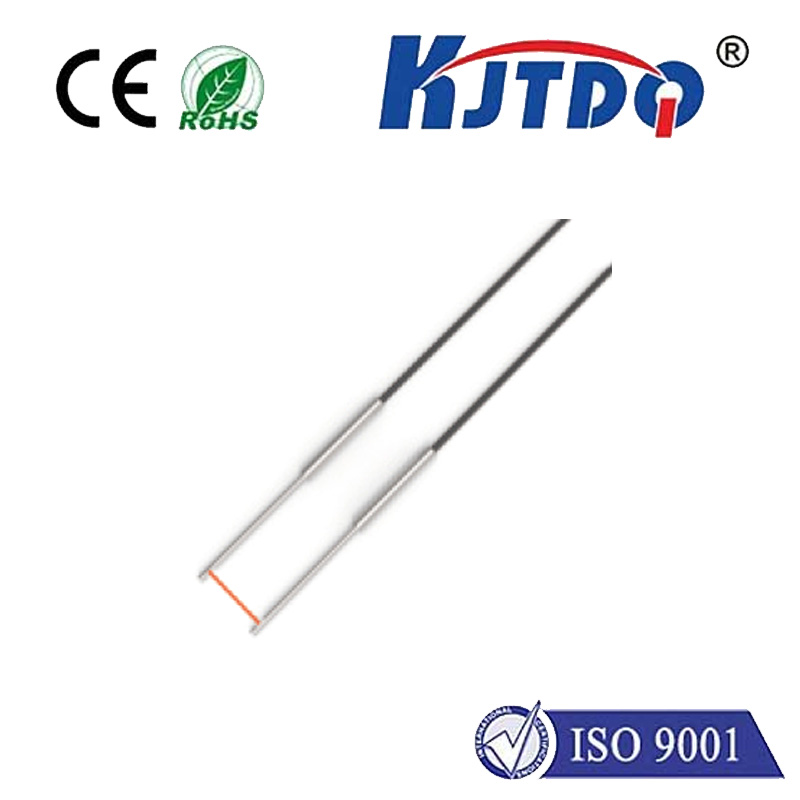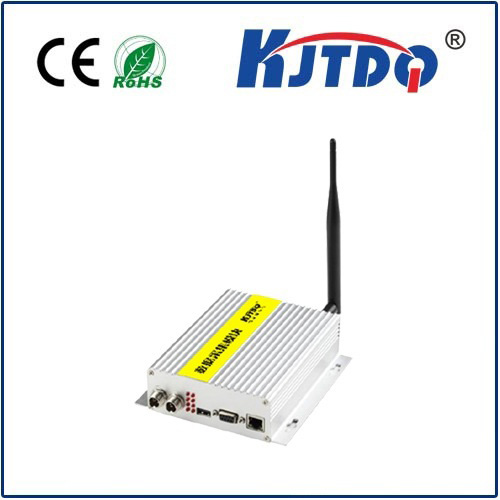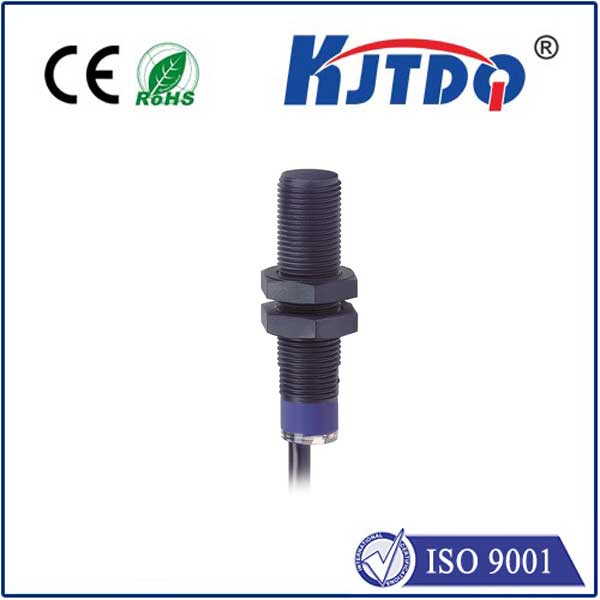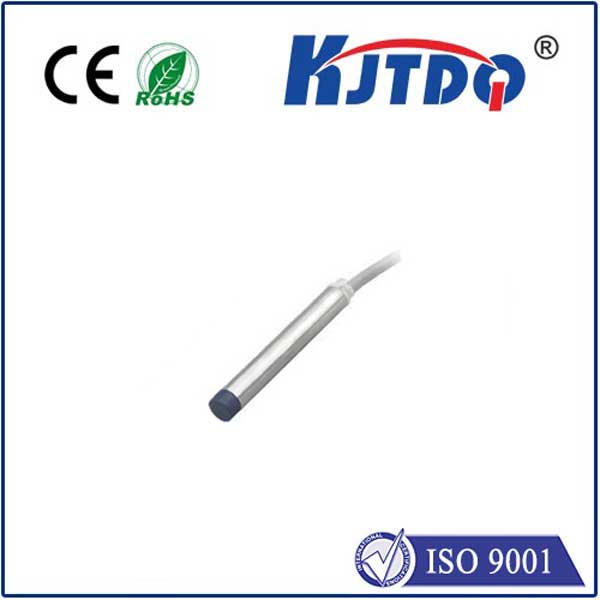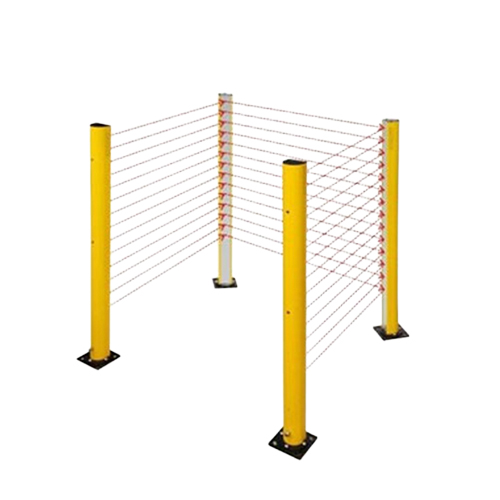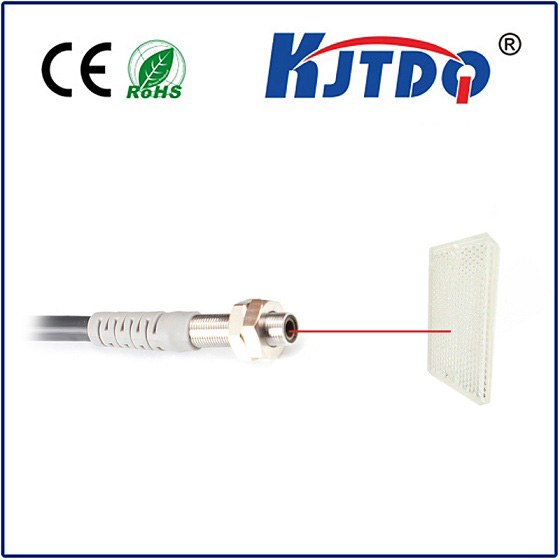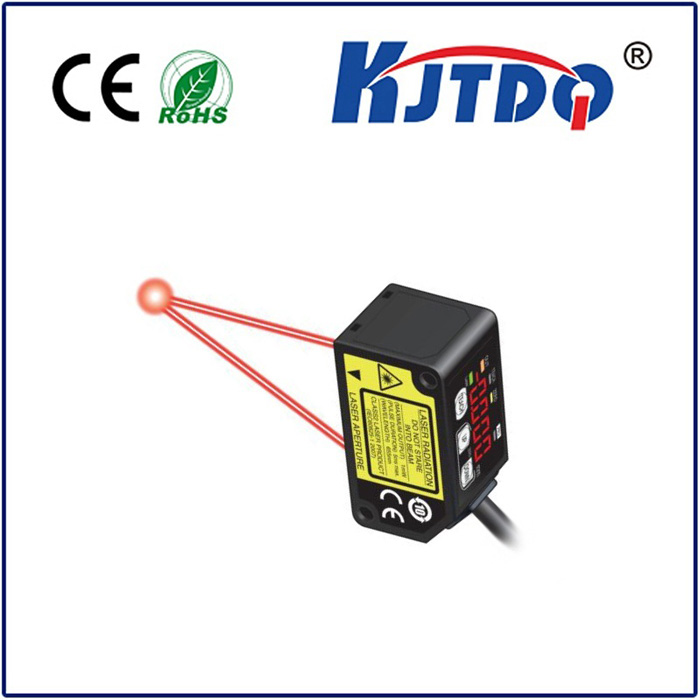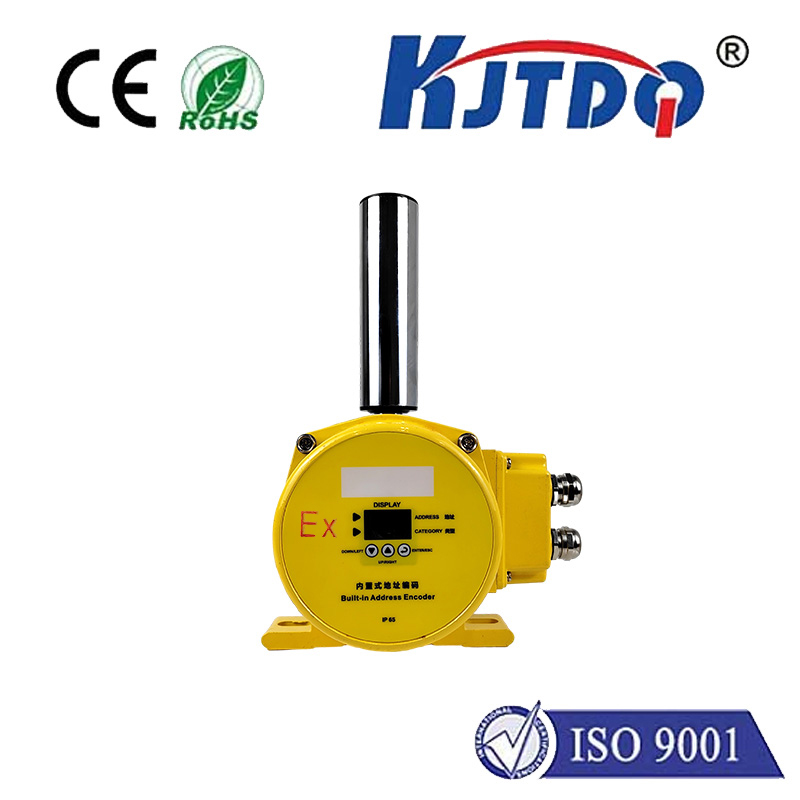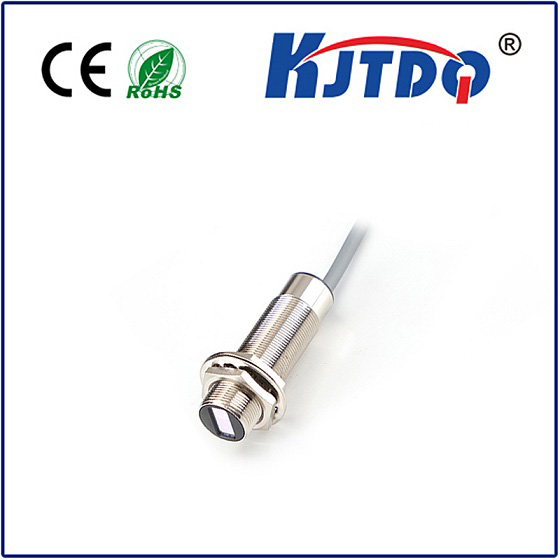wireless proximity sensor
- time:2025-07-01 11:39:50
- Click:0
Unlock the Future: How Wireless Proximity Sensors are Transforming Industries
Imagine walking into a room where the lights gently brighten to welcome you, not because you flipped a switch, but because an unseen sentinel detected your presence. Picture a factory floor where machinery pauses automatically when a worker gets too close, enhancing safety without cumbersome cables. This is the subtle, yet powerful, magic woven by wireless proximity sensors – intelligent devices reshaping how we interact with the physical world and automate processes.
At their core, wireless proximity sensors perform the fundamental task of detecting the presence, absence, or distance of an object without requiring physical contact. What sets them apart is their ability to transmit this detection data wirelessly, liberating them from the constraints of wired connections. This seemingly simple shift unlocks a vast array of possibilities previously hindered by wiring complexity, cost, and inflexibility. Whether using infrared (IR) beams, ultrasonic sound waves, capacitive fields, inductive principles for metals, or even RFID tags, these sensors act as the contactless detection eyes and ears of modern systems.
Why Go Wireless? The Compelling Advantages
The move away from wired sensors delivers transformative benefits, making wireless proximity sensors increasingly indispensable:

- Simplified Installation and Scalability: Eliminating complex wiring runs drastically reduces installation time and cost. Deploying sensors in hard-to-reach locations, across expansive areas, or on moving parts becomes significantly easier. Scaling a system up or modifying layouts is far less disruptive.
- Enhanced Flexibility and Mobility: Wireless sensors can be easily repositioned or redeployed as needs change. This is crucial in dynamic environments like warehouses with shifting inventory layouts, temporary event setups, or mobile equipment monitoring.
- Reduced Maintenance Costs: Fewer physical connections mean fewer potential points of failure. While batteries require management (though energy harvesting is advancing), the overall maintenance burden for cabling, conduits, and connectors diminishes.
- Cost-Effectiveness: Although unit costs may be comparable or slightly higher initially, the significant savings in installation labor, materials (cabling, conduits), and ongoing maintenance often make wireless solutions more economical overall, especially for large-scale or complex deployments.
- Accessibility in Challenging Environments: Wireless sensors excel where wiring is impractical or hazardous – rotating machinery, high-temperature zones, clean rooms, historic buildings, or outdoor applications exposed to weather.
How They Work: Sensing and Communicating
A typical wireless proximity sensor comprises two main functional units:
- The Sensing Element: This is the “detector” part, employing one of the technologies mentioned (IR, ultrasonic, capacitive, inductive, etc.). It constantly monitors its immediate environment for the predefined target (a person, vehicle, metal object, liquid level, etc.).
- The Wireless Transceiver: When the sensing element detects the target (or its absence/distance change), it sends this information to the built-in radio module. This module then transmits the data wirelessly using protocols like:
- Bluetooth Low Energy (BLE): Ideal for short-range, low-power applications like asset tracking or consumer devices.
- Wi-Fi: Suitable for higher data rates and integration into existing IP networks, common in smart buildings.
- Zigbee / Z-Wave: Mesh networking protocols excellent for creating large, robust networks of sensors in home automation or industrial settings.
- LoRaWAN / NB-IoT: Low-Power Wide-Area Network (LPWAN) technologies designed for long-range, battery-operated sensors in smart cities or agricultural monitoring.
- Proprietary RF: Sometimes used for specific performance or cost requirements.
This data is received by a gateway or central controller, which interprets it and triggers appropriate actions – turning on lights, sounding an alarm, updating an inventory count, or sending an alert.
Diverse Applications: Where Wireless Proximity Shines
The applications for wireless proximity sensors are vast and growing rapidly:
- Industrial Automation & Safety: Monitoring machine guarding zones for intrusion detection, tracking assets on the factory floor, ensuring safe distances around robots, counting products on conveyors, and detecting tank levels wirelessly. Contactless detection prevents accidents and optimizes workflows.
- Smart Buildings & Homes: Automating lighting and HVAC based on occupancy (presence detection), controlling access to secure areas, managing smart locks, and optimizing energy use in meeting rooms. Enhances comfort and efficiency.
- Retail & Inventory Management: Monitoring customer traffic flow, detecting when items are picked up from shelves (smart shelves), managing stock levels in backrooms, and preventing theft through proximity-based alerts.
- Healthcare: Tracking the location of mobile medical equipment, monitoring patient occupancy in beds or chairs discreetly, ensuring hygiene compliance (e.g., detecting hands near sanitizer dispensers), and securing sensitive areas.
- Logistics & Warehousing: Real-time asset tracking of pallets, containers, or vehicles, optimizing storage space utilization by detecting empty slots, and enhancing security through perimeter monitoring.
- Parking Management: Detecting vehicle presence in parking spots to guide drivers via apps and optimize space usage.
- Agriculture: Monitoring livestock movement and proximity to resources, or detecting equipment location in large fields.
Embracing the Wireless Revolution
Wireless proximity sensors represent more than just a technological convenience; they signify a fundamental shift towards more intelligent, adaptable, and efficient interaction with our environment. By removing the physical tether of wires, they empower businesses and individuals to deploy contactless detection solutions with unprecedented ease and flexibility. From enhancing industrial safety to creating truly responsive smart environments, the ability to sense presence or proximity wirelessly is a cornerstone technology driving innovation across countless sectors. As wireless protocols become more robust and power-efficient, and sensing technologies continue to advance, the reach and impact of these versatile devices will only expand, seamlessly integrating into the fabric of our increasingly connected world.







